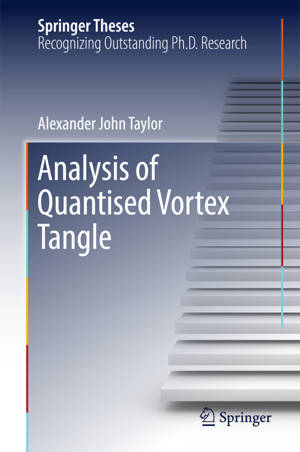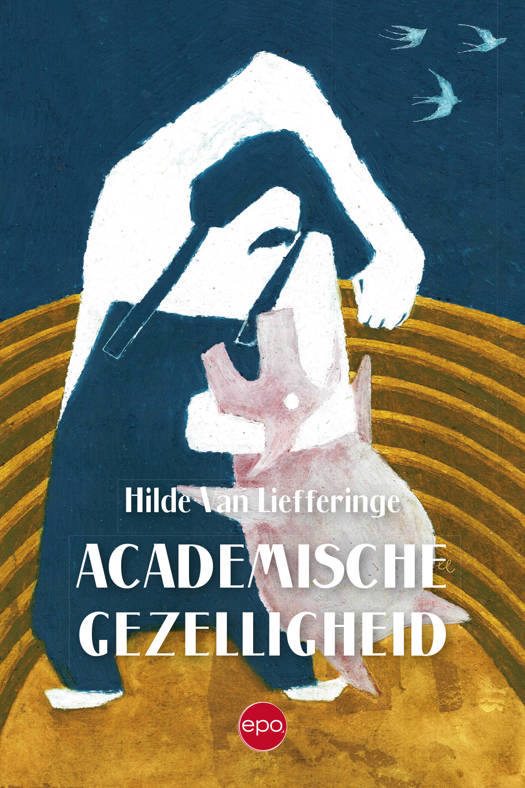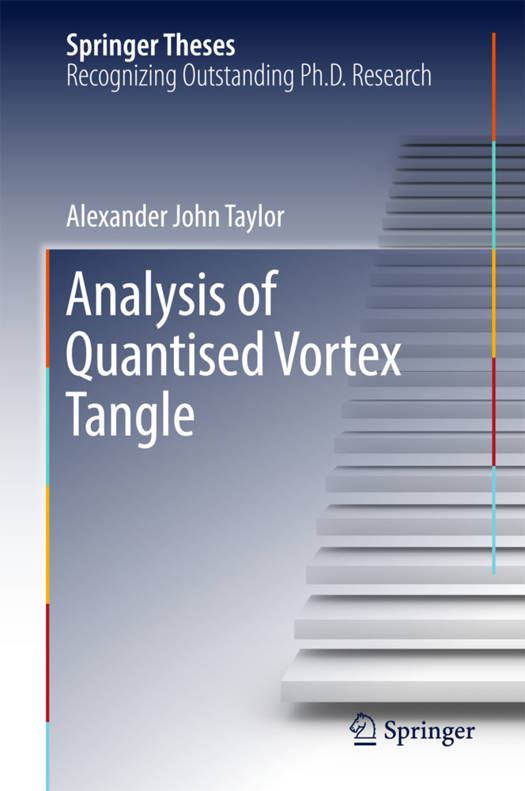
- Afhalen na 1 uur in een winkel met voorraad
- Gratis thuislevering in België vanaf € 30
- Ruim aanbod met 7 miljoen producten
- Afhalen na 1 uur in een winkel met voorraad
- Gratis thuislevering in België vanaf € 30
- Ruim aanbod met 7 miljoen producten
Zoeken
€ 105,45
+ 210 punten
Uitvoering
Omschrijving
In this thesis, the author develops numerical techniques for tracking and characterising the convoluted nodal lines in three-dimensional space, analysing their geometry on the small scale, as well as their global fractality and topological complexity---including knotting---on the large scale. The work is highly visual, and illustrated with many beautiful diagrams revealing this unanticipated aspect of the physics of waves. Linear superpositions of waves create interference patterns, which means in some places they strengthen one another, while in others they completely cancel each other out. This latter phenomenon occurs on 'vortex lines' in three dimensions. In general wave superpositions modelling e.g. chaotic cavity modes, these vortex lines form dense tangles that have never been visualised on the large scale before, and cannot be analysed mathematically by any known techniques.
Specificaties
Betrokkenen
- Auteur(s):
- Uitgeverij:
Inhoud
- Aantal bladzijden:
- 197
- Taal:
- Engels
- Reeks:
Eigenschappen
- Productcode (EAN):
- 9783319485553
- Verschijningsdatum:
- 21/12/2016
- Uitvoering:
- Hardcover
- Formaat:
- Genaaid
- Afmetingen:
- 156 mm x 234 mm
- Gewicht:
- 480 g

Alleen bij Standaard Boekhandel
+ 210 punten op je klantenkaart van Standaard Boekhandel
Beoordelingen
We publiceren alleen reviews die voldoen aan de voorwaarden voor reviews. Bekijk onze voorwaarden voor reviews.











